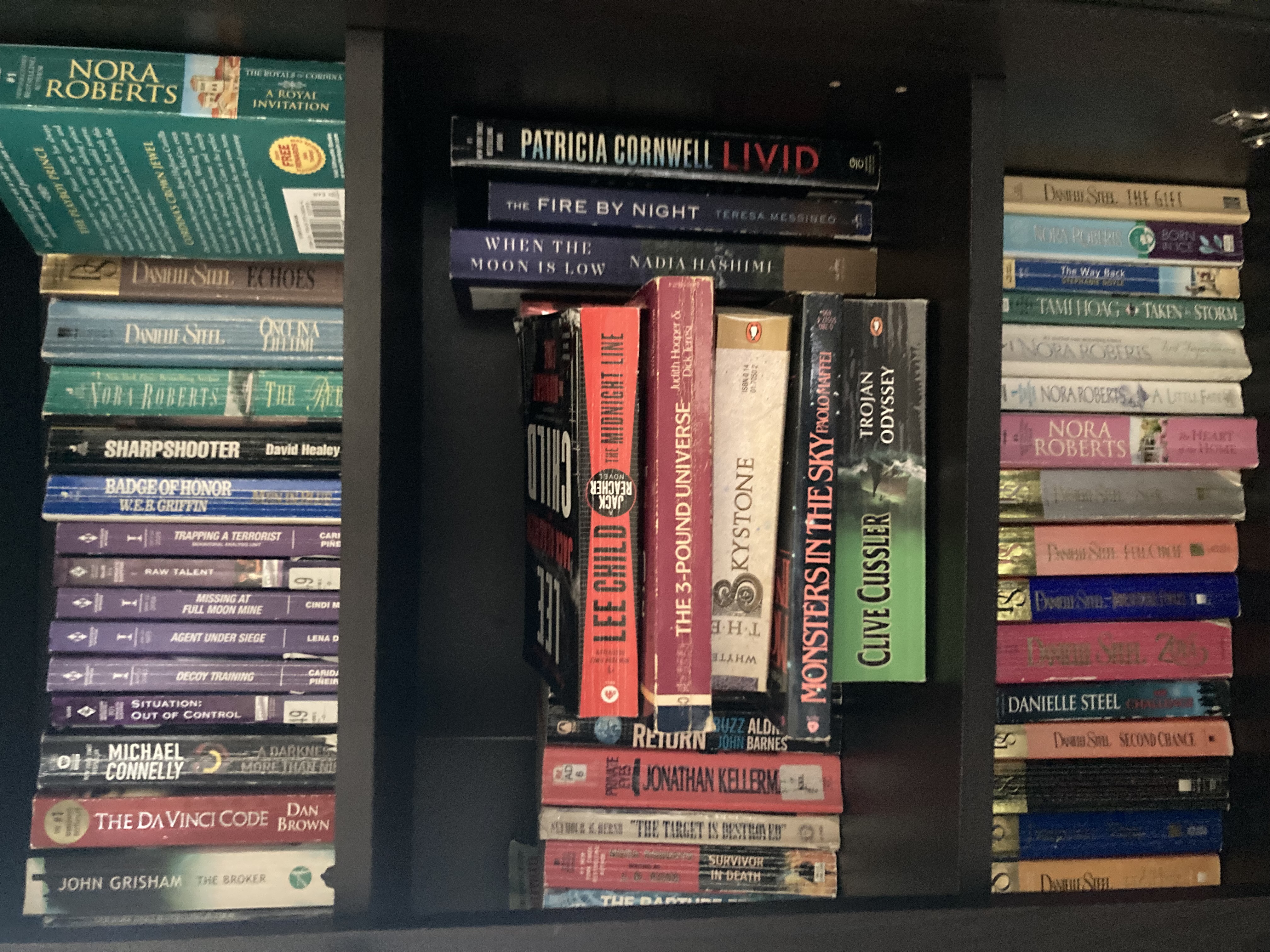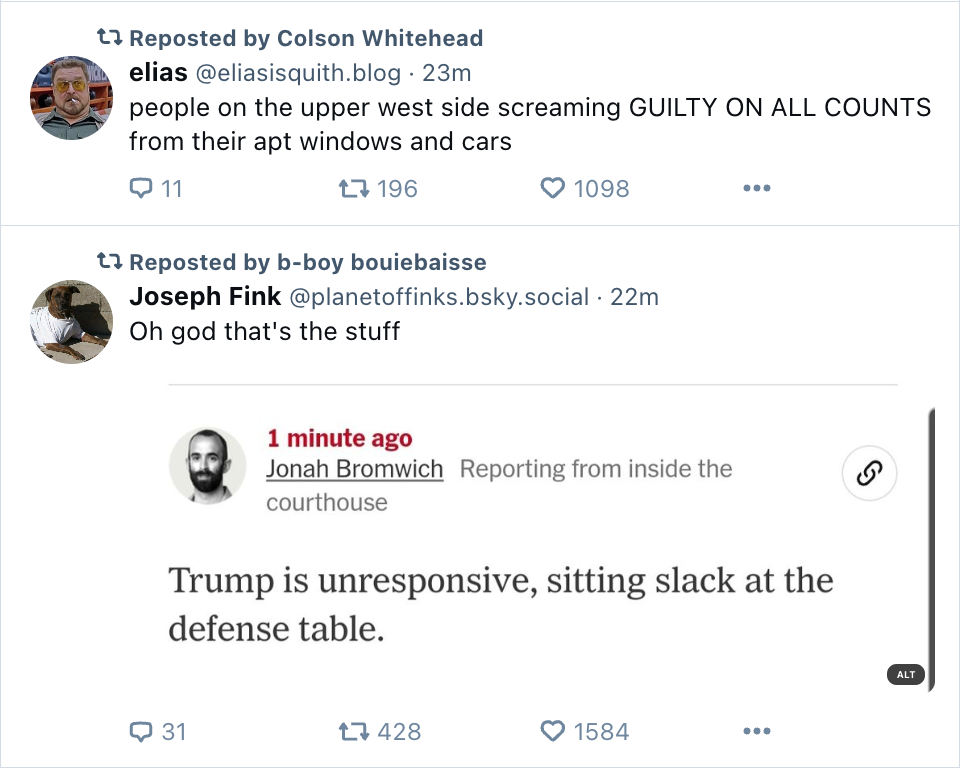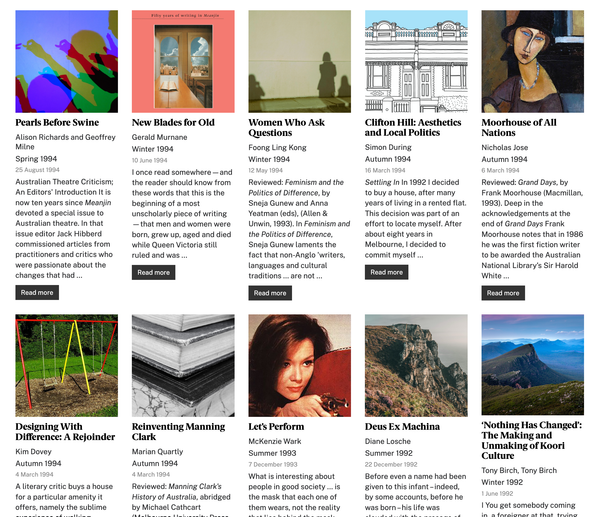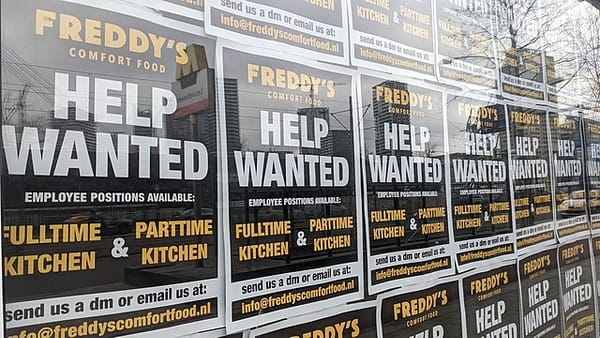Recommendation Engines
On non-algorithmic recommendation, paywalls, and What I'm Reading lists
A few weeks ago I read a newsletter that asked readers how they find out about new books, especially in the aftermath of mass evacuations of bookish folk from X and other social media platforms. The comments were great, at least so far as I remember them, a smorgasbord of reader auto-ethnography. Some of the comments were to do with squirrelling away recommendations from Goodreads, Instagram and so on, or ticking items off organised To Read lists. Many of them, though, also testified to the serendipidities of reading lives beyond the reach of algorithmic recommendation, to the pleasures of books picked up in public libraries and street libraries, received as gifts, recommended by friends in person, and referenced in passing in other books.
I dutifully copied the link, and told myself I’d re-read the newsletter and write a kind of response, because this question of what the digital strategists call content discovery is in part what prompted me to set up this newsletter.
These are weird times on the internet, and the original post, which included a survey, has now been recategorised as content for paid subscribers with nary a teaser paragraph above the jump. I’ve hit my limit on paid newsletter subscriptions for now and am not going to sign up, so the piece is off-limits, and I’m kicking myself for not taking notes at the time. Major non-event!
I can only speculate why it was put behind a paywall and it is probably none of my business. Maybe the author had had enough of moderating the comments, maybe there were fights breaking out about Goodreads, perhaps it was as simple as a sufficiency of survey responses. All legitimate reasons to pull a piece off the open internet. It’s also possible that the author asked themselves why they were writing for free, and saw an opportunity to convert free readers into paid subscribers and generate some income. This is also a 100% legit reason to paywall a piece. What follows has very little to do with the piece that initiated my thinking on all this.
Substack makes it extremely easy to toggle a setting to convert a post from free content to subscriber-only content, and to moderate access to posts. Authors can elect to post a few pars before putting up the paywall, or nothing at all. There’s no paid subscription model for this newsletter, and I’ve no intention to go down that path. I’m lucky to have paid work elsewhere, I’m an open-access diehard, and I’m under no illusions about being able to make a meaningful contribution to my income via Infra Dig. If I did want to set up a paywall, however, it would take about thirty seconds to do so. I assume this is the case for other newsletter providers, and when I finally get my act together to move to a less obnoxious platform later this year, I will find out.
Content monetisation is built into the design of newsletter platforms like Substack: paywalls and subscriptions are now outrageously easy to manage, at least in terms of the technology. The situation is completely different from the blogging and independent digital media scene of the late 2000s and early 2010s. At that time, some independent media orgs were exploring subscription models and crowdfunding as ways of making money. There was the prospect of making some income, peanuts, from advertising. Then, as now, it was taken as given that putting up a paywall would involve a trade-off in audience size. Audiences then were even more resistant to paying for media and worried about payment security, not without cause. The crucial contrast, though, lies in the cost of building a paywall. In 2007, in 2010, it was highly unlikely that small orgs, let alone individual writers, would be able to recoup the costs of building a paywall from subscriber income. Information wanted to be free – but also, independent publishers couldn’t afford paywalls and customer management systems.
The flick-a-switch paywall functionality of Substack points to a horizon where authors can make a living from their writing without having to factor in the cost of paywalls and subscriber management. That’s covered by the cut that Substack takes from subscription incomes, which is why they’re so intent on spotlighting paid subs as the primary metric for newsletter success. Some writers are making either a good or an adequate living from newsletters, which is great, as is the general endorsement of the linked principles that writing is work, and that people deserve to be paid for their work.
I begrudge no-one their entitlement to make a living from their writing as an independent contractor, to commoditise it, and yet I’m somewhat circumspect about this shift to easy paywalls. Why? It signals the further privatisation of creative work and makes discussion of collective rights and entitlements much harder. It consolidates gig work as the main way for writers to earn an income, and also requires these writers to be their own editor, publicist and business manager. The hustle has become normalised in the literary sector, as everywhere else. This doesn’t mean it’s a good thing!
The success that some writers are having with their newsletters also has a distorting effect on the larger conversation about wage equity and liveable incomes for all professional writers. Some people are making a killing with their newsletters, just as some people make a motza writing fiction, but those goods are not equally distributed. Things have been so dire for writers as a class for so long that of course any new income stream is greeted with cheers – but what gets lost in the noise is the distinction between some income versus an actual liveable income. Recently many of the newsletters I read have put their paid subscriptions on hiatus, claiming stress and an inability to manage their newsletter workload, their obligations to their readers, as the reason. It’s not hard data, but this suggests to me that newsletter lifeline is not sustainable for many writers.
Looking back again to the media tumult after the blogging years, many media orgs adapted by cutting rates for writers, luring in young writers with the promise of exposure via digital publication. There was pushback against this, but the campaigning was organised around the principle that writers should be paid something, rather than any notion of fair pay. This was the case across the media, but especially so in the cultural media, in the places that publish creative and critical work. For a long while the conversation trundled along the track that writers should be paid, end of story, and this meant that over time more writers did get paid - but it also set a standard for incredibly low rates for online work - $100, $150 for an article, a work of fiction, a reported feature, an essay - on the grounds that some pay was better than nothing at all. This is true, but also constitutes a colossal devaluation of literary labour. Rates like this remain common for work published online and it has taken a long time for collective campaigns to foreground fair pay, rather than just some pay.
I worry that in all the triumphalism and relief about the ease of income generation for newsletters, and with the great peril of AI looming, we’re in for another cycle of this discourse. That is to say, another cycle of celebrating the ability for writers to make some income from a new publication modality, and little focus on liveable incomes, with a non-representative set of people actually making money from this new technology drawing the centre of the discussion away from all those who aren’t.

Anyway, that now-paywalled newsletter, the one that prompted this digression, asked a useful question. How is it that people find new books to read? To which I add, how much of our reading lives (by which I mean, my reading life), is determined by algorithmic recommendation? Were I a proper researcher, or even a proper newsletter author seeking to Drive Engagement, I might put together a survey to gather some data on this.
Instead I’ll jump ahead to what I speculate that shoddy online poll data might show - that algorithmic recommendation does not have quite as tight a grasp on our reading habits as cultural declinists might have it. I wrote about algorithmic recommendation and declinism in a long piece on Kyle Chayka for the SRB earlier this year. Broadly I agree with Chayka that platform capitalism and algorithmic recommendation are wreaking havoc on the culture. Impossible to disagree with that contention! And yet I found myself wanting to reassert the significance of the kinds of cultural encounters that happen beyond platforms and that aren’t wholly transactional. It’s a common mistake to conflate book purchasing habits (ie consumption) with reading habits (actual reading), and any account of the reading life that leaves out libraries, gifts, borrowed books, found books, free books, not to mention what was once called the open internet, is pretty arid.
I was going to leave an earnest and over-long comment on that newsletter about how some of the books that I’m currently reading got into my hands. And when that newsletter got paywalled, I set out to write this one with the intention of including a long digression on those books in order to make the point that my reading, at least, hasn’t been completely destroyed by platforms, and that yours probably hasn’t either.
What I realised, not for the first time, is how difficult it is to write about what you’re reading without reverting to familiar and slightly ick forms of cultural positioning. Infinite Jest? Again? I’m sorry, it’s not a popular opinion, but those What I’m Reading spots for authors are a trap. Kudos to those who can get through them with their dignity intact! For all that I love reading other people’s accounts of their reading, and often glean recommendations from them, they are a risky undertaking. The risk is that you wind up sounding like this:
A snob, highbrow, and an elitist, I find the concept of plot oppressive, value style over voice, and enjoy an unfamiliar vocabulary word. At the movies, I prefer subtitles; at the museum, I can probably identify a decent percentage of the permanent collection by sight. Unless you count DJ sets, which I don’t, the last live music I saw was at the opera; the last theatre, an adaptation of Kafka’s novel Amerika. I hate theatre, but I try to go anyway. I like television, but I have not watched a series to completion in years. I feel shame about difficult classics I haven’t read and pride about those I have.
Me, I prefer to identify at least a modest percentage of a museum’s collection by smell. This is an actual quote from Lauren Oyler’s No Judgment, an actual book. Is it self-parody? An ironic impersonation of cultural attainment? I have no idea. I take this passage as a chilling caution against both bragging about the refinement of your tastes or pretending that you’re not. What follows are short notes on some current reading, in service of the broader and probably pretty obvious point that other forms of recommendation prevail, even amid the noise generated by and about algorithmic modes of doing so, and that you don’t need to buy new books via Amazon to be a reader.
Writing about blogging sent me chasing Kate Zambreno’s old blog, the one that eventually turned into Heroines, in part because I remember it often being locked, which is quite different to being paywalled. Here is My Vomitous Blog Manifesto from Frances Farmer Is My Sister, which dates way back to 2009. As Zambreno is currently being impugned by several stripes of critics (not me) for writing fragment novels, it’s good to be reminded of her early maximalism.
I’m reading Cher Tan’s new essay collection, Peripathetic, not because the algorithms told me to do so, but because I’ve been following her work for many years. I’m reading the ebook via Kobo and hoping to get my hands on a hard copy one of these days.
I went to an actual bookshop, the wonderful Iron Dog Books, with a friend last week, browsed, chatted, and came home with new-ish novels by Brandon Taylor (The Late Americans) and Isabella Hammad (Enter Ghost), both of which I’d been looking out for for some time.
The Hammad can maybe be linked to algorithmic recommendation, in that she is a writer who has been on my mind since the publication of her conversation about Palestine with Sally Rooney late last year, which went viral.
I’m a keen reader of Brandon Taylor’s work, love his newsletter , share his love of Edith Wharton. More novelists should be entranced by Edith Wharton! I would have gotten around to The Late Americans eventually and was happy to find it in the bookshop, to have a chat with the bookshop guy about it. For better or worse, Laura Miller’s weird Salon piece on Taylor last year has framed my reading of the novel. Miller essentially took Taylor to task for adopting a writing persona on social media and in his newsletter that differs from his prose style in The Late Americans. She rates the tweets over the novel, arguing that the novel suffers from its aspiration to serious style and he should lighten up in his fiction. Miller is right to observe the way Taylor’s writing shifts in register but totally fails to land her critique, which comes off as extremely condescending, at best. Me I am finding the interplay between Taylor’s different writing modes really generative, and am enjoying thinking about the novel, which, contra Miller, is very funny, in dialogue his recent long LRB piece on Zola, and his abundant newsletter extemporising on his own writing and literary culture.
My kid and I are reading an Ursula LeGuin Earthsea omnibus together. In our household we love any hot-headed boy wizard who is not called Harry Potter (well, I do) and so would probably have found our way to Earthsea eventually, likely via the library. In this case, it was a Christmas gift that took us to the Archipelago. I would note that this LeGuin edition is one that has most definitely been packaged up for the platforms. It’s part of a series of Puffin Classics called Rebel Voices that brings together fantasy novels authored by women under the heading, Disruptive Stories from Trailblazing Women. My hot take is that LeGuin didn’t need the rebrand.
When I found out that Joy Williams was a finalist for the National Book Critics Circle award for criticism in 2001, I ordered the book that won her the citation, Ill Nature and am making my way through it, mainly thinking I would rather be re-reading her fiction. On it goes. There are little libraries on every block of my neighbourhood and last week I picked up a copy of Siri Hustvedt’s Mothers, Fathers and Others, which I haven’t read. I was spellbound by Hustvedt’s early work, especially The Blindfold, but found it hard to sit with her more recent books, which are more, well, settled. Apart from this, I am (very slowly, too slowly) writing a long piece about some recent white lady essay collections (no prizes for guessing at least one of them) and so doing even more reading online than normal, as well as spending more time reading and thinking about literary theory, which is slow work for me. And look at this beautiful website devoted to Canadian modernist magazines! Open-access and very swish. I could spend all of June here quite happily. A lot of reading on the go – I think the point has been made? The algorithms are bad, but they don’t yet contain us all.
Also: I gotta timestamp this. You know that when it’s this festive on Bluesky, people are losing their minds over at X.

Thanks for reading Infra Dig! Subscribe for free to receive new posts and support my work.



